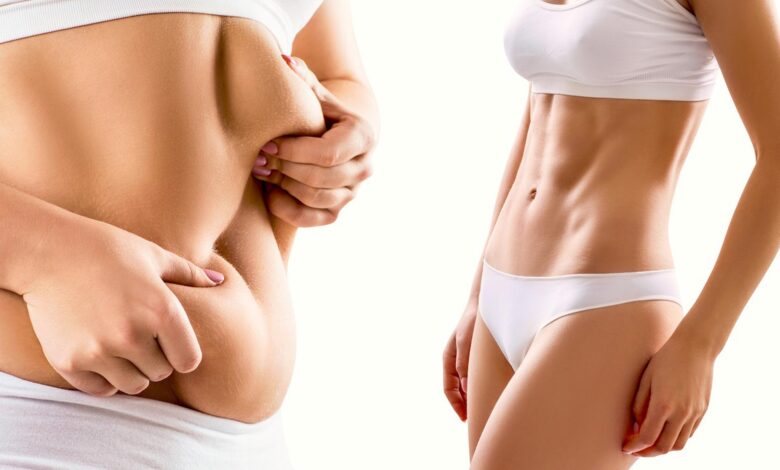
Contents
- 1 What is Liposuction for Women, How is it Done?
- 2 What is liposuction?
- 3 Why do women choose liposuction?
- 4 What are the benefits and risks of liposuction?
- 5 How is liposuction done?
- 6 Tumescent liposuction
- 7 Ultrasound-assisted liposuction
- 8 Laser-assisted liposuction
- 9 Preparation for liposuction
- 10 Procedure of liposuction
- 11 Recovery from liposuction
- 12 Conclusion
- 13 FAQs
- 13.1 Q: How much does liposuction cost?
- 13.2 Q: How much weight can I lose with liposuction?
- 13.3 Q: How long does it take to see the results of liposuction?
- 13.4 Q: Who is a good candidate for liposuction?
- 13.5 Q: How can I maintain the results of liposuction?
- 13.6 Q: Can liposuction procedures for women in Turkey be done safely and cheaply?
What is Liposuction for Women, How is it Done?
Liposuction is a cosmetic surgery that removes excess fat from specific areas of the body, such as the abdomen, thighs, hips, arms, neck, or chin. It is also known as lipoplasty, liposculpture, or lipo. Liposuction is one of the most popular and commonly performed cosmetic procedures in the world, especially among women. According to the International Society of Aesthetic Plastic Surgery, more than 2.5 million liposuction procedures were performed worldwide in 2019, and 85.5% of them were done on women. But what is liposuction exactly, and how is it done? In this article, we will answer these questions and more, and help you understand the basics of liposuction for women.
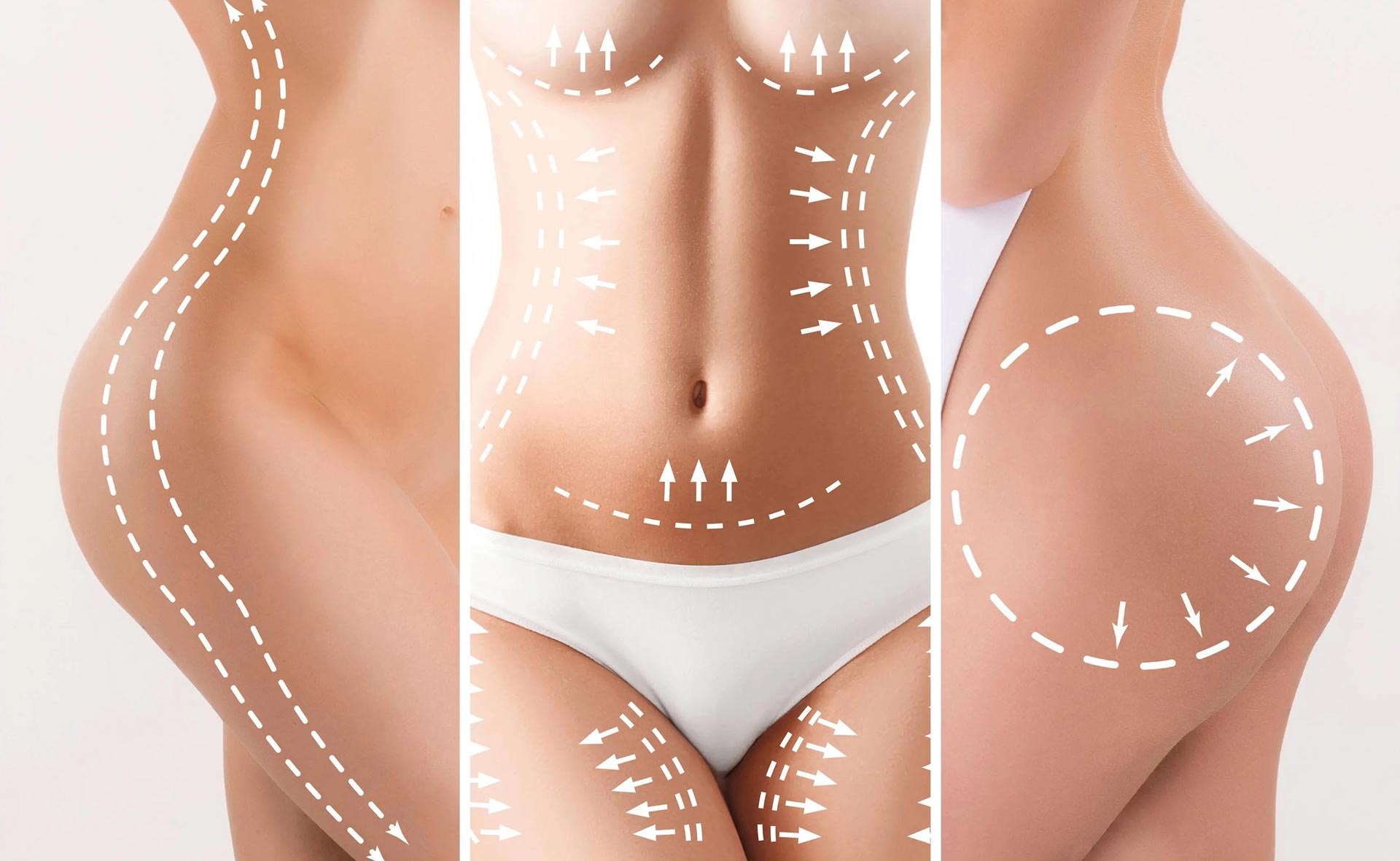
What is liposuction?
Liposuction is a surgical technique that uses a thin, hollow tube called a cannula to suction out unwanted fat from underneath the skin. The cannula is inserted through small incisions in the skin and moved back and forth to break up and remove the fat cells. The fat is then drained out of the body through a vacuum pump or a syringe. Liposuction can be done under local or general anesthesia, depending on the extent and location of the fat removal.
Why do women choose liposuction?
Women choose liposuction for various reasons, but the most common one is to improve their body shape and contour. Many women struggle with stubborn fat deposits that are resistant to diet and exercise, and that affect their self-esteem and confidence. Liposuction can help them achieve a slimmer and more proportionate figure by removing the excess fat from the areas that bother them the most. Some of the common areas that women target with liposuction are:
- The abdomen and waist, to reduce the belly bulge and create a flatter and smoother tummy.
- The hips and thighs, to eliminate the saddlebags and create a more defined and feminine silhouette.
- The arms, to get rid of the bingo wings and create a more toned and slender appearance.
- The neck and chin, to remove the double chin and create a more youthful and elegant profile.
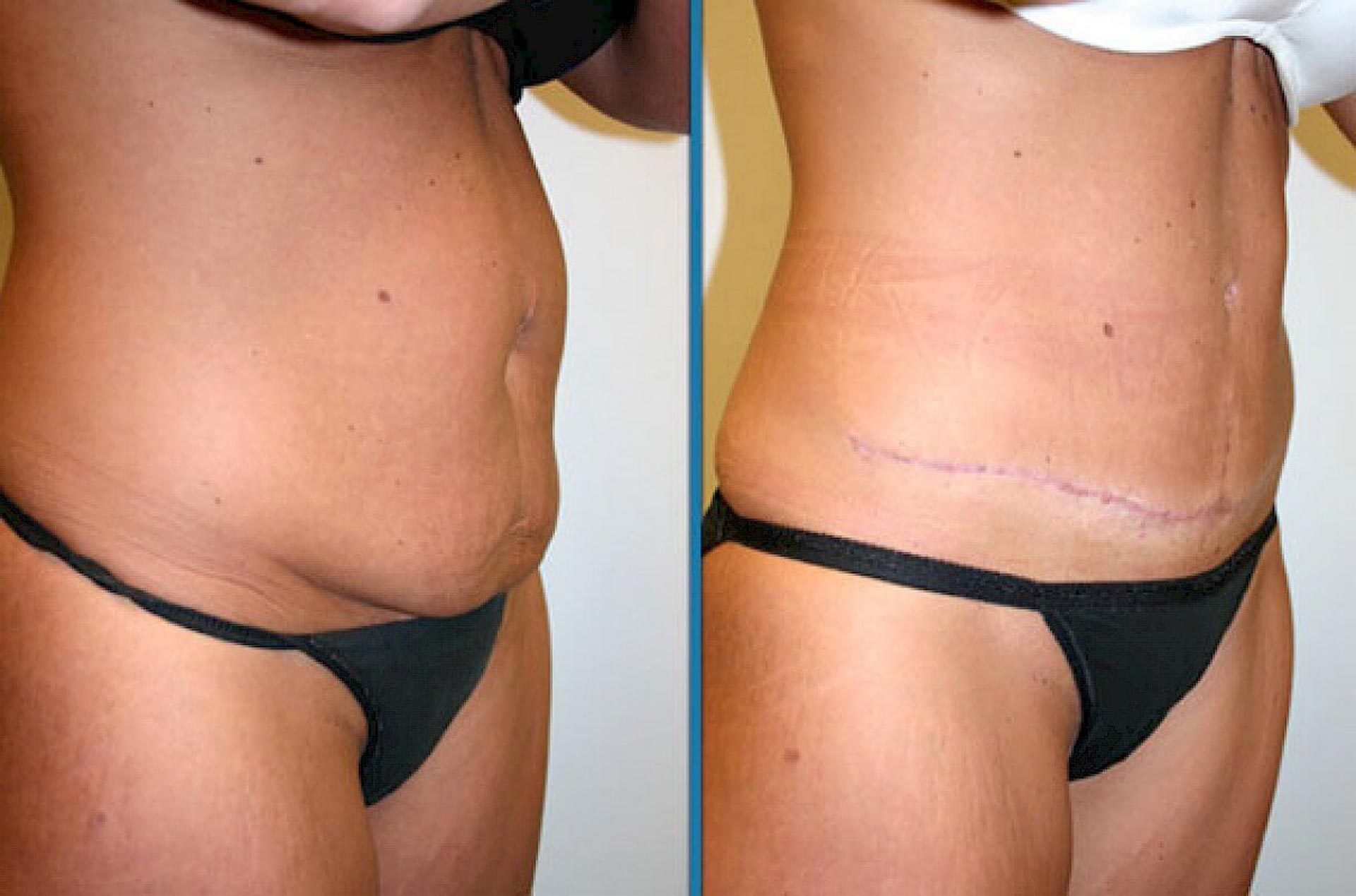
What are the benefits and risks of liposuction?
Liposuction has many benefits for women who want to enhance their appearance and feel better about themselves. Some of the benefits are:
- It can produce immediate and noticeable results that can last for a long time, as long as the patient maintains a healthy lifestyle and a stable weight.
- It can improve the fit and look of clothing, as well as the comfort and mobility of the patient.
- It can boost the self-confidence and self-image of the patient, as well as their social and professional opportunities.
- It can improve the health and well-being of the patient, by reducing the risk of obesity-related diseases, such as diabetes, heart disease, and stroke.
However, liposuction is not a magic solution for weight loss or body perfection. It has some limitations and risks that the patient should be aware of before undergoing the surgery. Some of the limitations and risks are:
- It cannot remove cellulite, stretch marks, sagging skin, or muscle tone. It can only remove fat, not skin or muscle. Therefore, the patient may need additional procedures, such as a tummy tuck, a thigh lift, or an arm lift, to address these issues.
- It cannot change the genetic or hormonal factors that influence the distribution of fat in the body. Therefore, the patient may still have some areas of fat that are disproportionate to the rest of their body, or they may gain weight in other areas that were not treated with liposuction.
- It can cause some complications, such as infection, bleeding, bruising, swelling, pain, numbness, scarring, asymmetry, contour irregularities, skin discoloration, nerve damage, or fat embolism. These complications are rare and usually mild, but they can be serious and require medical attention. Therefore, the patient should follow the surgeon’s instructions carefully and report any signs of problems.
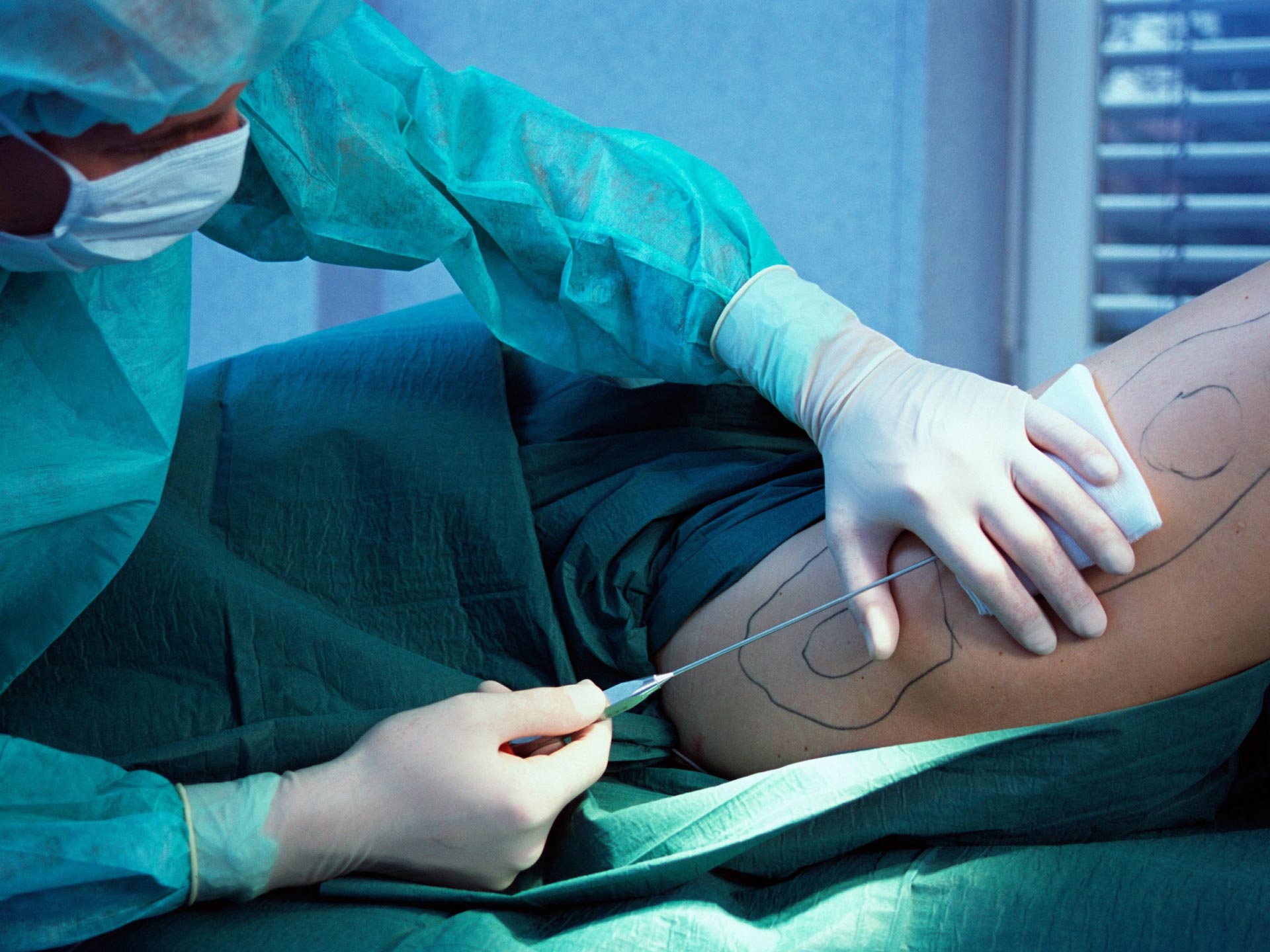
How is liposuction done?
Liposuction can be done in different ways, depending on the type, amount, and location of the fat to be removed. The most common types of liposuction are:
Tumescent liposuction
This is the standard and most widely used technique of liposuction. It involves injecting a large amount of fluid into the fat layer before suctioning it out. The fluid contains a saline solution, a local anesthetic, and a vasoconstrictor. The fluid helps to numb the area, reduce bleeding, and loosen the fat cells. The surgeon then inserts the cannula through the incisions and moves it back and forth to suction out the fat and fluid.
Ultrasound-assisted liposuction
This is a technique that uses ultrasound waves to liquefy the fat cells before suctioning them out. The surgeon inserts a special cannula that emits ultrasound energy into the fat layer. The ultrasound energy heats up and melts the fat cells, making them easier to remove. The surgeon then suctions out the fat and fluid through the same cannula.
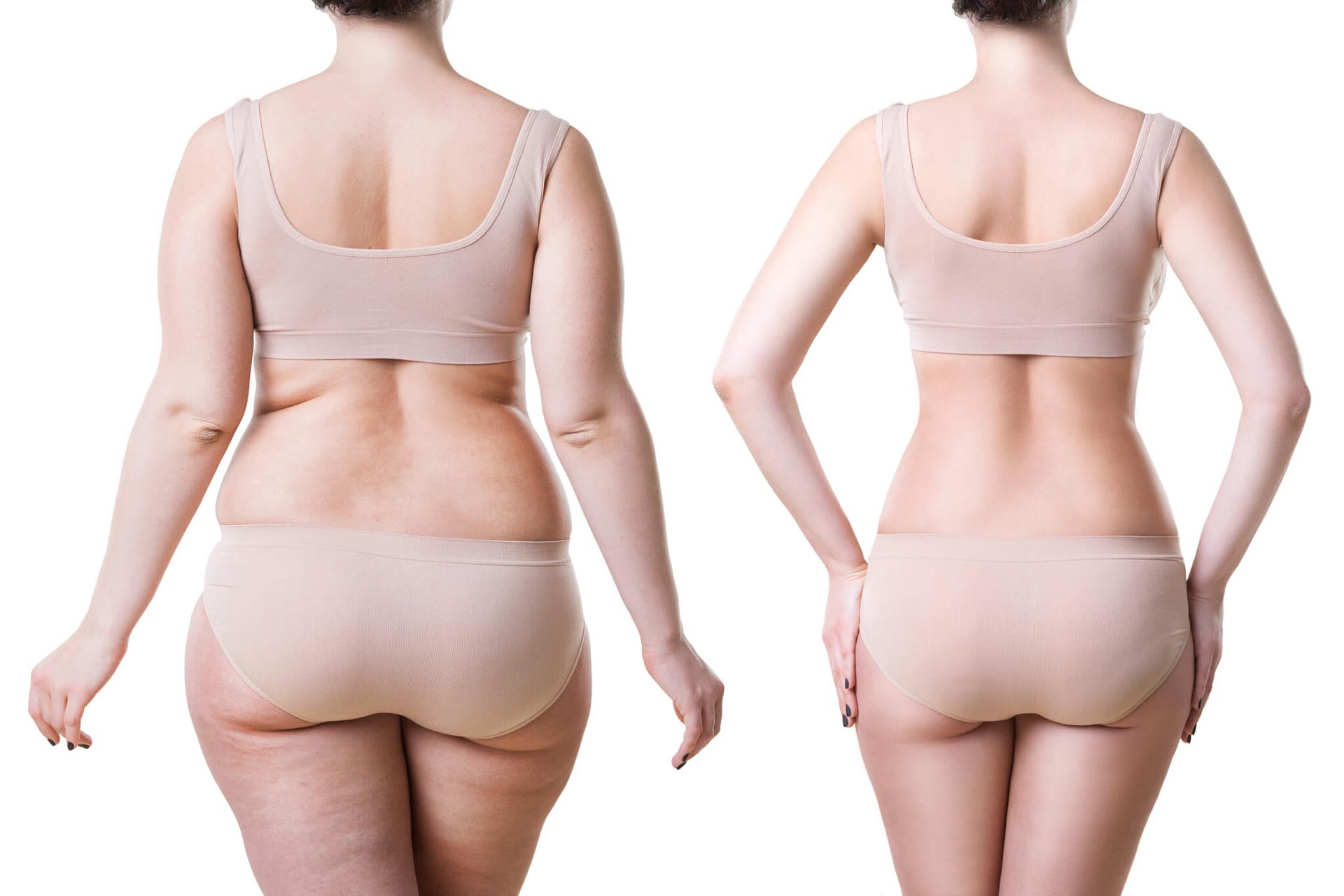
Laser-assisted liposuction
This is a technique that uses laser energy to liquefy the fat cells before suctioning them out. The surgeon inserts a thin fiber that delivers laser energy into the fat layer. The laser energy heats up and melts the fat cells, making them easier to remove. The surgeon then suctions out the fat and fluid through a small cannula.
Preparation for liposuction
Before undergoing liposuction, the patient should prepare themselves physically and mentally for the surgery. The preparation may include:
- Having a consultation with the surgeon, who will evaluate the patient’s medical history, physical condition, expectations, and goals. The surgeon will also explain the procedure, the risks, the costs, and the recovery process. The patient should ask any questions they have and clarify any doubts they have.
- Having some tests, such as blood tests, urine tests, or imaging tests, to check the patient’s health and suitability for the surgery.
- Stopping smoking, drinking alcohol, or taking certain medications, such as aspirin, anti-inflammatory drugs, or herbal supplements, that may interfere with the surgery or the healing process. The patient should follow the surgeon’s instructions on what to avoid and what to take before and after the surgery.
- Arranging for someone to drive the patient to and from the surgery, and to stay with them for the first night or two after the surgery. The patient should also arrange for someone to help them with their daily activities, such as cooking, cleaning, or shopping, for the first few days or weeks after the surgery.
- Packing a bag with some essentials, such as comfortable clothing, toiletries, medications, and documents, that the patient may need during or after the surgery. The patient should also bring some loose-fitting clothing that can accommodate the bandages and compression garments that they will have to wear after the surgery.
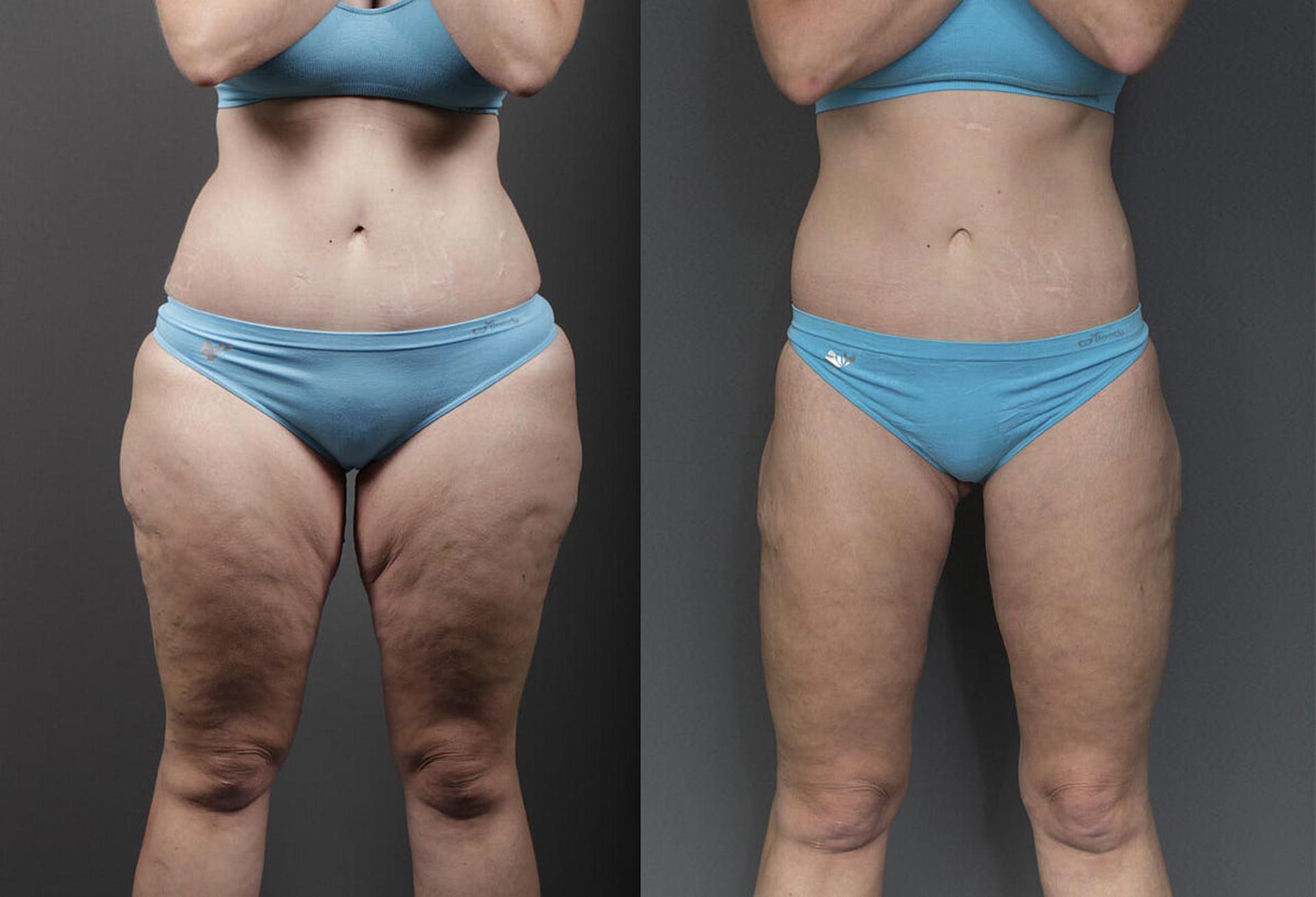
Procedure of liposuction
The procedure of liposuction may vary slightly depending on the type, amount, and location of the fat to be removed, but the general steps are:
- The patient arrives at the surgical facility, where they are checked in and given some paperwork to fill out. The patient may also meet with the anesthesiologist, who will administer the anesthesia and monitor the patient’s vital signs during the surgery.
- The patient is taken to the operating room, where they are prepared for the surgery. The patient is given either local or general anesthesia, depending on the extent and location of the fat removal. The patient may also be given some sedatives to help them relax and feel comfortable.
- The surgeon marks the areas of the body where the fat will be removed, using a marker or a surgical pen. The surgeon also makes small incisions in the skin, usually in hidden or inconspicuous places, such as the natural creases or folds of the body.
- The surgeon injects the fluid into the fat layer, using a syringe or a pump. The fluid helps to numb the area, reduce bleeding, and loosen the fat cells. The surgeon then inserts the cannula through the incisions and moves it back and forth to suction out the fat and fluid. The surgeon may use different types of cannulas and techniques, such as tumescent, ultrasound-assisted, or laser-assisted liposuction, depending on the type, amount, and location of the fat to be removed.
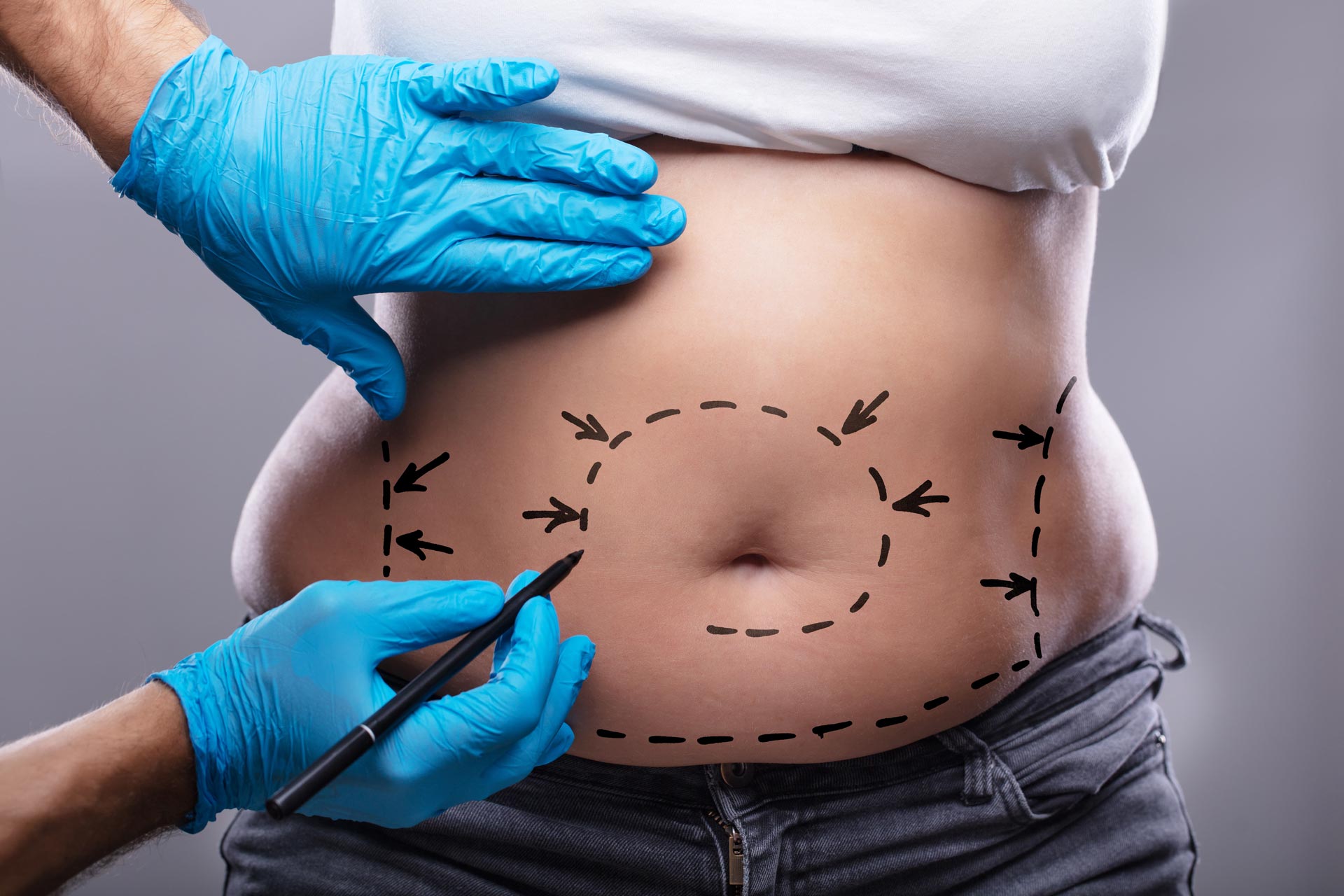
Recovery from liposuction
After the surgery, the patient is taken to a recovery room, where they are monitored and cared for until they are ready to go home or to a hotel. The patient may feel some pain, discomfort, swelling, bruising, or numbness in the treated areas, which are normal and expected. The patient may also have some drainage of fluid and blood from the incisions, which are covered with bandages and compression garments. The patient may be given some medications, such as antibiotics, painkillers, or anti-inflammatory drugs, to prevent infection, reduce pain, and speed up healing. The patient should follow the surgeon’s instructions on how to take care of themselves and their wounds, such as:
- Wearing the compression garments for several weeks, to reduce swelling, support the skin, and improve the shape of the body.
- Avoiding strenuous activities, such as exercise, lifting, or bending, for at least four to six weeks, to allow the body to heal and prevent complications.
- Drinking plenty of fluids, eating a balanced diet, and avoiding alcohol, tobacco, or salt, to stay hydrated, nourished, and healthy.
- Keeping the incisions clean and dry, and changing the bandages and dressings as instructed, to prevent infection and promote healing.
- Massaging the treated areas gently, or having some lymphatic drainage massages, to reduce swelling, improve blood circulation, and smooth out the skin.
- Having some follow-up visits with the surgeon, who will check the progress and results of the surgery, remove the stitches, and address any concerns or questions.
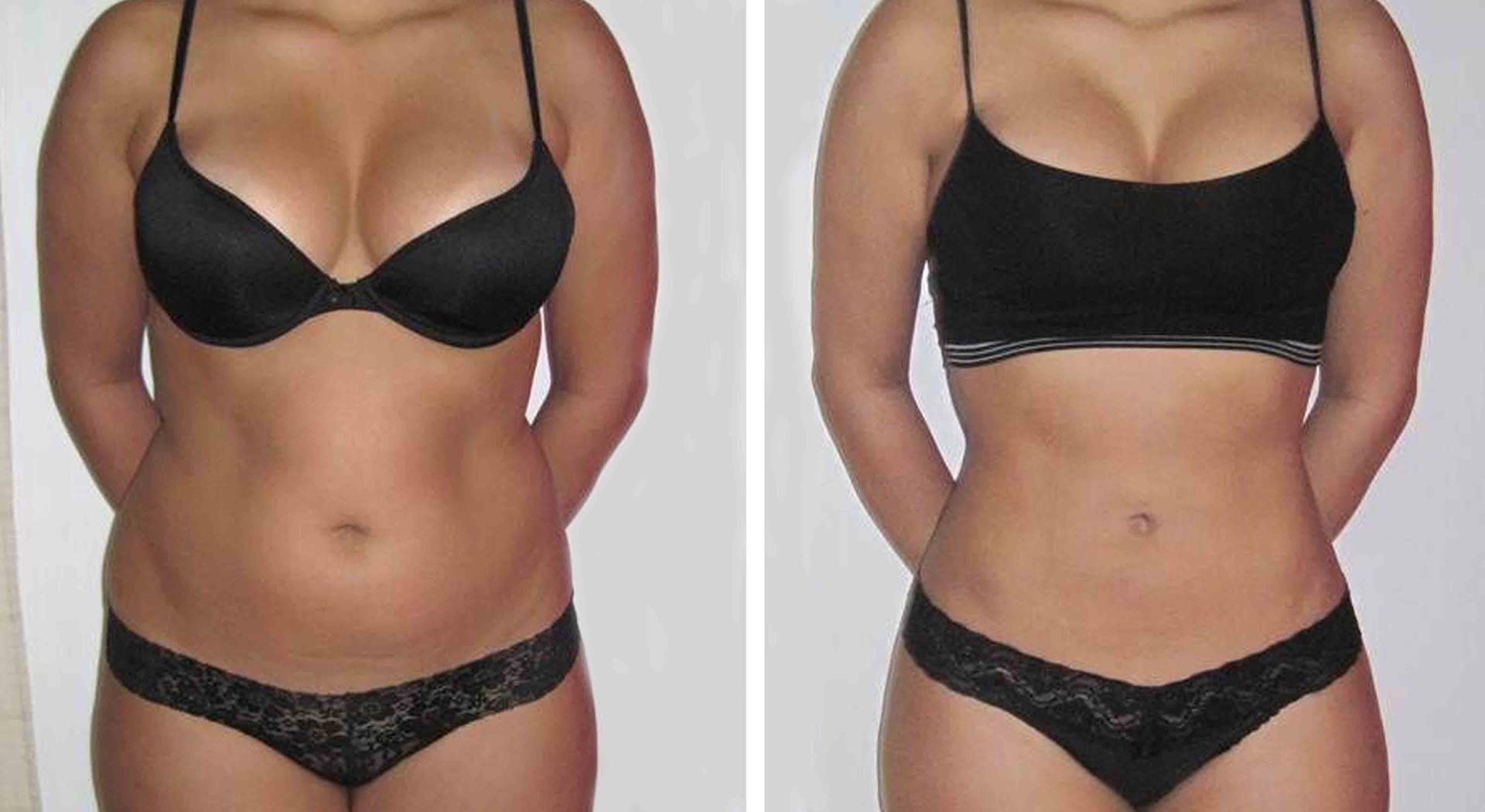
Conclusion
Liposuction is a cosmetic surgery that removes excess fat from specific areas of the body, such as the abdomen, thighs, hips, arms, neck, or chin. It is one of the most popular and commonly performed cosmetic procedures in the world, especially among women, who want to improve their body shape and contour. Liposuction can have many benefits for women, such as enhancing their appearance, boosting their confidence, improving their health, and increasing their opportunities.
However, liposuction also has some limitations and risks, such as not being able to remove cellulite, stretch marks, sagging skin, or muscle tone, or causing some complications, such as infection, bleeding, bruising, swelling, pain, numbness, scarring, asymmetry, contour irregularities, skin discoloration, nerve damage, or fat embolism. Therefore, women who are considering liposuction should consult with a qualified and experienced plastic surgeon, who can evaluate their suitability, expectations, and goals, and explain the procedure, the risks, the costs, and the recovery process.
Liposuction can be done in different ways, depending on the type, amount, and location of the fat to be removed, such as tumescent, ultrasound-assisted, or laser-assisted liposuction. Liposuction requires some preparation before the surgery, such as having a consultation, some tests, stopping some habits or medications, and arranging for some help and support.
Liposuction also requires some recovery after the surgery, such as wearing compression garments, avoiding strenuous activities, drinking plenty of fluids, eating a balanced diet, keeping the incisions clean and dry, massaging the treated areas, and having some follow-up visits. Liposuction can produce immediate and noticeable results that can last for a long time, as long as the patient maintains a healthy lifestyle and a stable weight.
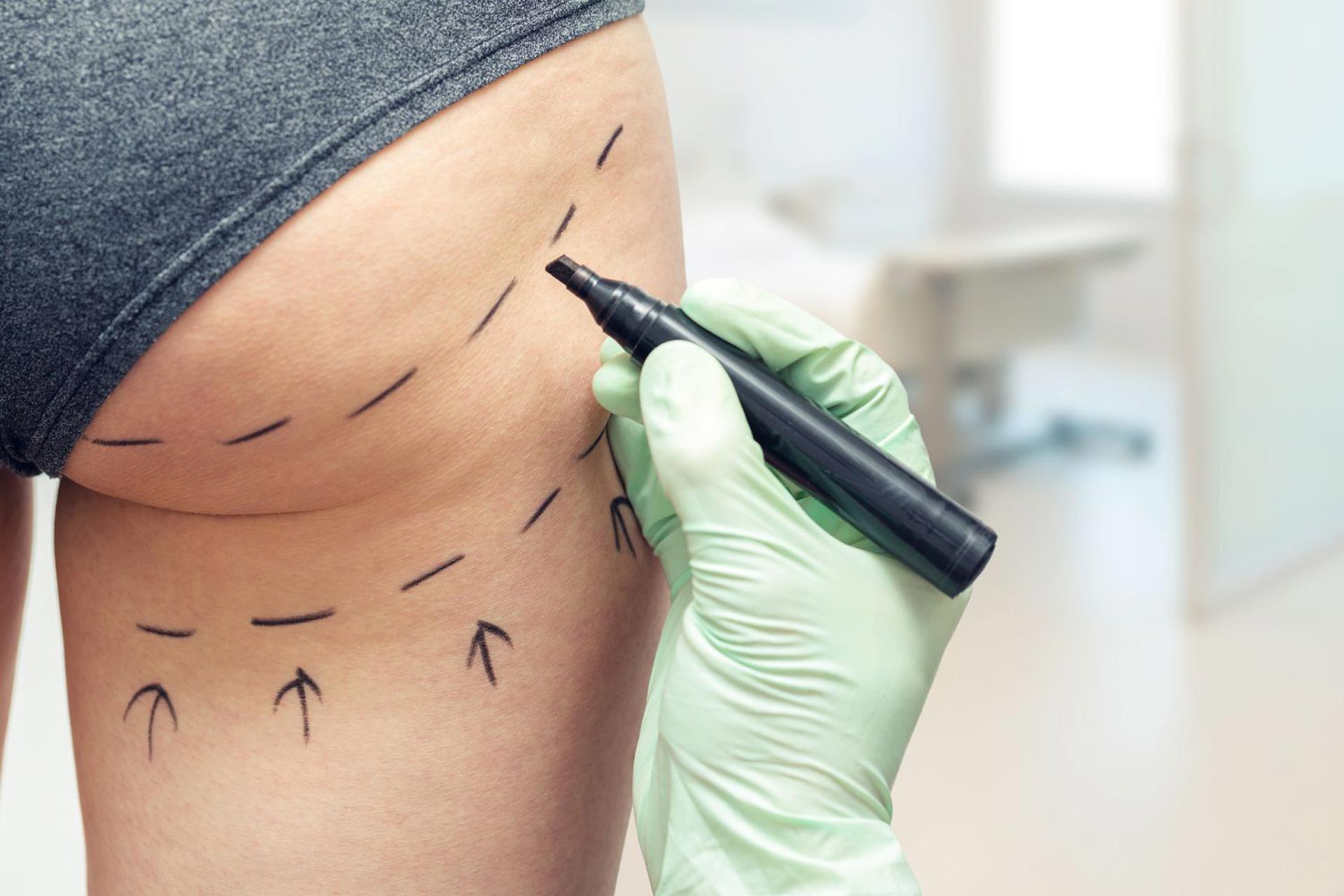
FAQs
Q: How much does liposuction cost?
A: The cost of liposuction varies depending on the type, amount, and location of the fat to be removed, the surgeon’s fees, the anesthesia fees, the facility fees, and the geographic location. According to the American Society of Plastic Surgeons, the average cost of liposuction in 2019 was $3,548, but this does not include the other expenses, such as anesthesia, operating room facilities, or other related costs. The total cost of liposuction can range from $2,000 to $10,000 or more.
Q: How much weight can I lose with liposuction?
A: Liposuction is not a weight loss surgery, but a body contouring surgery. It can only remove a limited amount of fat, usually between 5 to 10 pounds, depending on the patient’s body mass index (BMI) and the number of areas treated. Liposuction cannot remove more than 10% of the patient’s body weight, as this can be dangerous and cause serious complications. Liposuction can help the patient lose some inches and improve their body shape, but it cannot change their overall weight or BMI.
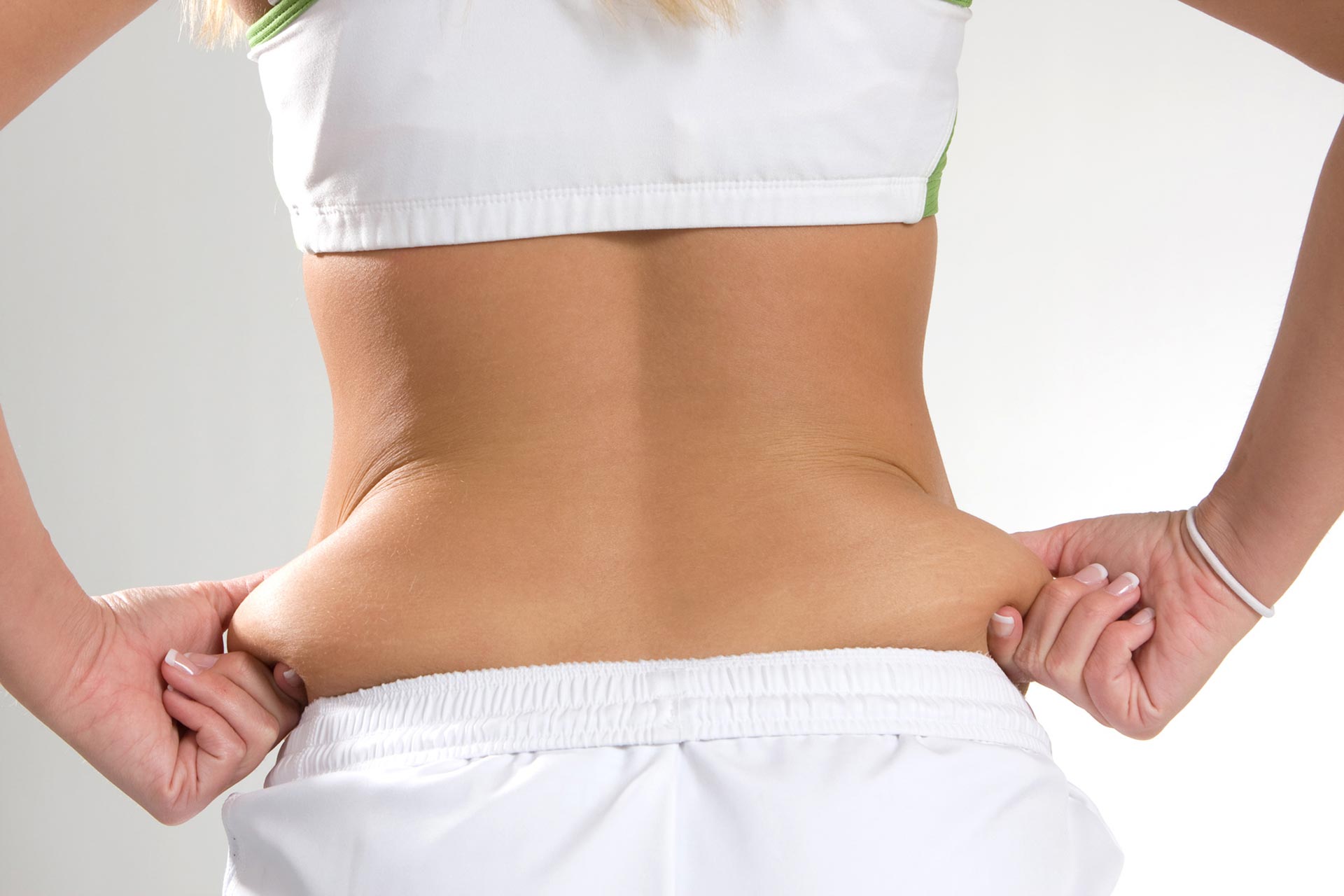
Q: How long does it take to see the results of liposuction?
A: The results of liposuction are not visible right away, as the body needs some time to heal and adjust to the changes. The patient may experience some swelling, bruising, or numbness in the treated areas, which can obscure the final outcome. The swelling usually subsides within a few weeks, but it can take up to six months or more for the body to settle into its new shape. The patient may also notice some improvement in their skin quality and elasticity, as the skin contracts and adapts to the new contours. The results of liposuction are permanent, as long as the patient does not gain or lose a significant amount of weight.
Q: Who is a good candidate for liposuction?
A: A good candidate for liposuction is someone who:
- Is in good health and has no medical conditions that can affect the surgery or the healing process, such as diabetes, heart disease, or blood clotting disorders.
- Is within 30% of their ideal weight and has a stable weight for at least six months.
- Has realistic expectations and goals, and understands the limitations and risks of the surgery.
- Has firm and elastic skin, and does not have excess or loose skin, cellulite, stretch marks, or muscle tone issues.
- Has localized and stubborn fat deposits that are resistant to diet and exercise, and that affect their body shape and contour.
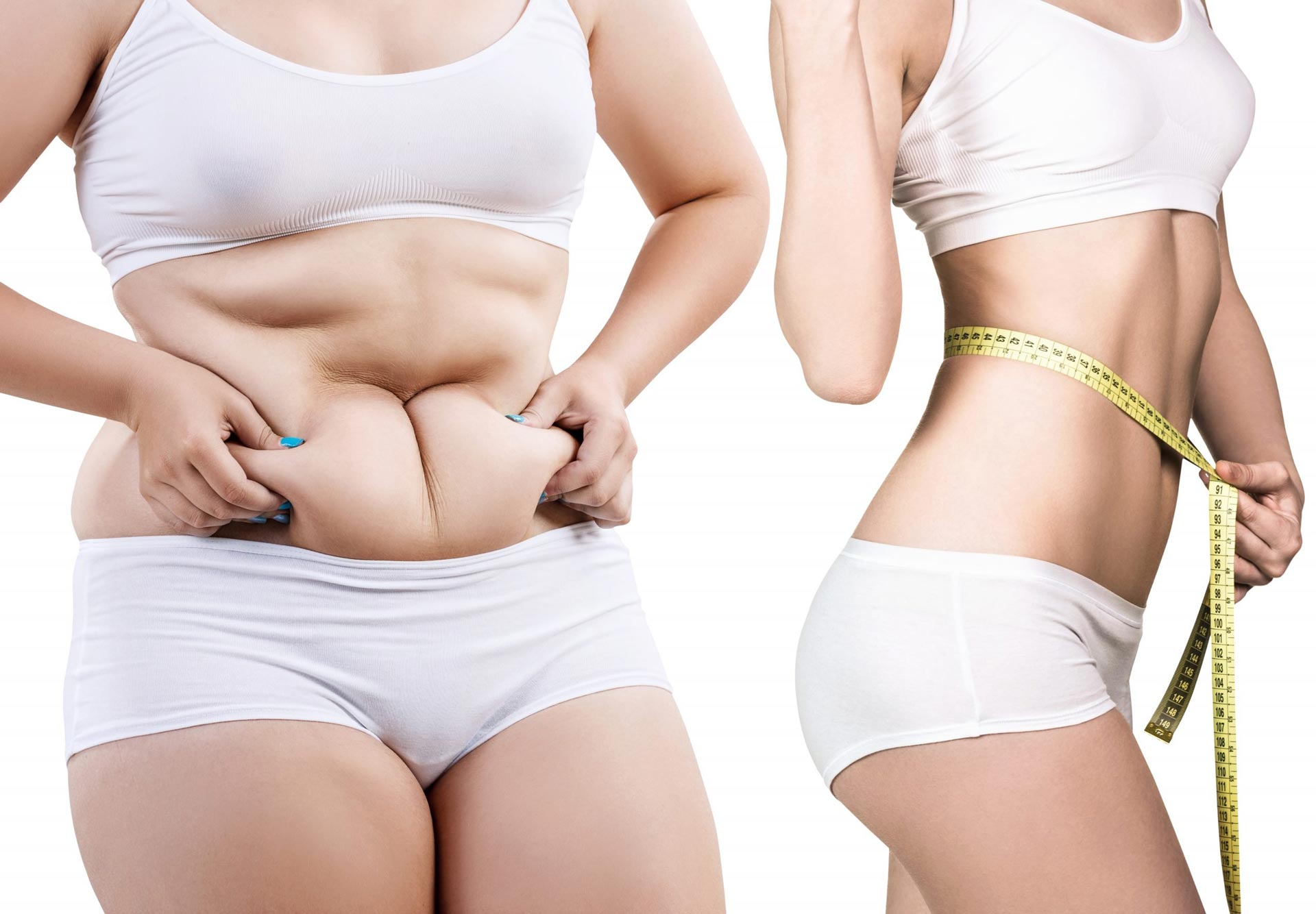
Q: How can I maintain the results of liposuction?
A: To maintain the results of liposuction, the patient should:
- Follow the surgeon’s instructions on how to care for themselves and their wounds after the surgery, such as wearing compression garments, avoiding strenuous activities, drinking plenty of fluids, eating a balanced diet, keeping the incisions clean and dry, massaging the treated areas, and having some follow-up visits.
- Adopt a healthy lifestyle that includes regular exercise, a balanced diet, and adequate hydration, to prevent weight gain and fat accumulation in other areas of the body.
- Avoid smoking, drinking alcohol, or taking certain medications, such as steroids, hormones, or birth control pills, that can affect the metabolism and the distribution of fat in the body.
- Have some touch-up or revision procedures, if needed, to correct any irregularities, asymmetries, or complications that may occur after the surgery.
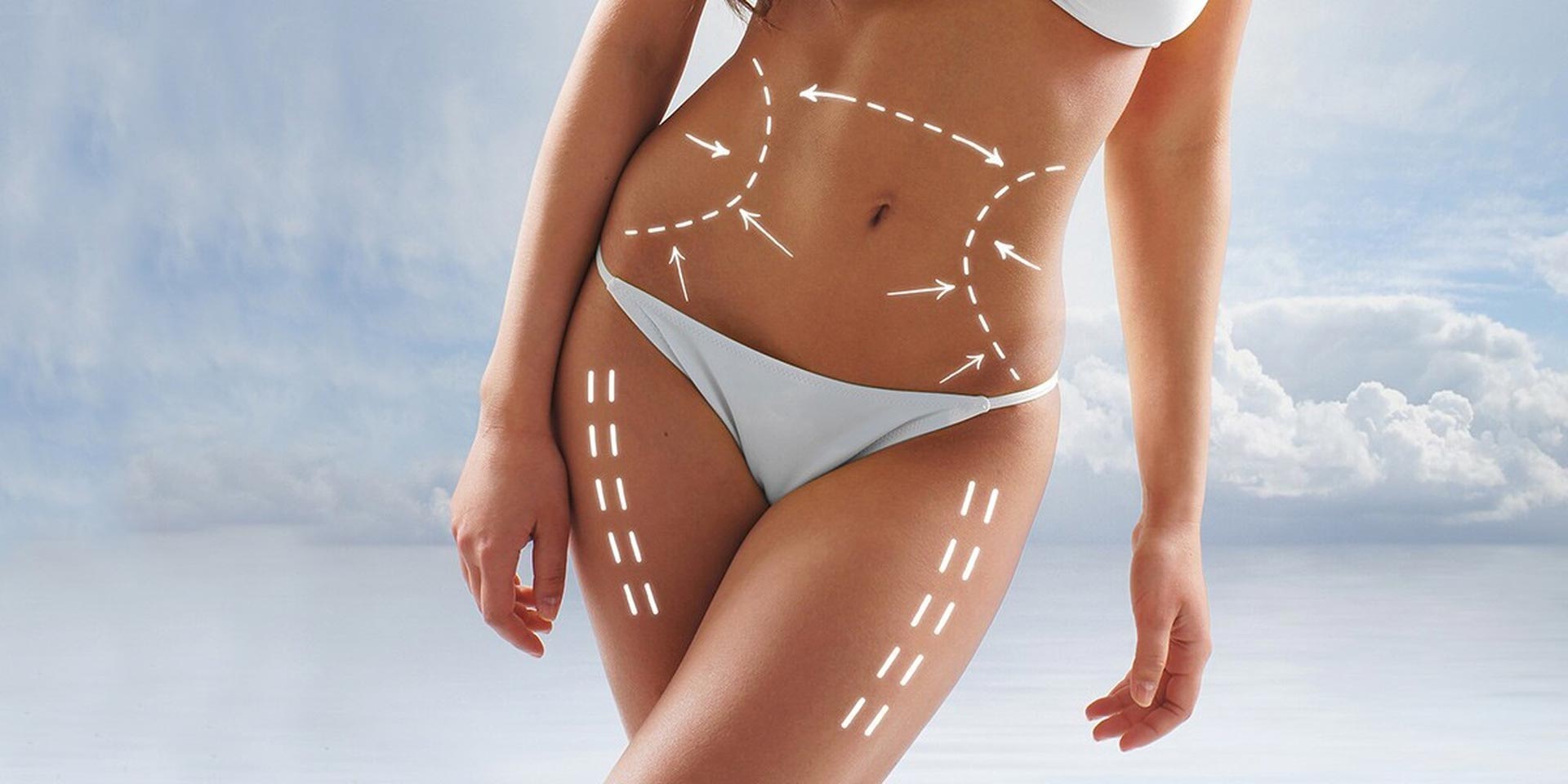
Q: Can liposuction procedures for women in Turkey be done safely and cheaply?
A: Liposuction is a cosmetic surgery that removes excess fat from specific areas of the body. It is one of the most popular and commonly performed cosmetic procedures in the world, especially among women. However, liposuction also has some limitations and risks, such as not being able to remove cellulite, stretch marks, sagging skin, or muscle tone, or causing some complications, such as infection, bleeding, bruising, swelling, pain, numbness, scarring, asymmetry, contour irregularities, skin discoloration, nerve damage, or fat embolism. Therefore, women who are considering liposuction should consult with a qualified and experienced plastic surgeon, who can evaluate their suitability, expectations, and goals, and explain the procedure, the risks, the costs, and the recovery process.
According to the web search results, liposuction in Turkey is a popular option for many people who want to improve their body shape and contour. Turkey has emerged as one of the most attractive countries for medical tourism in recent years, due to its low costs, cutting-edge technology, and highly skilled cosmetic doctors. Liposuction in Turkey can cost from $2,000 to $10,000 or more, depending on the type, amount, and location of the fat to be removed, the surgeon’s fees, the anesthesia fees, the facility fees, and the geographic location.
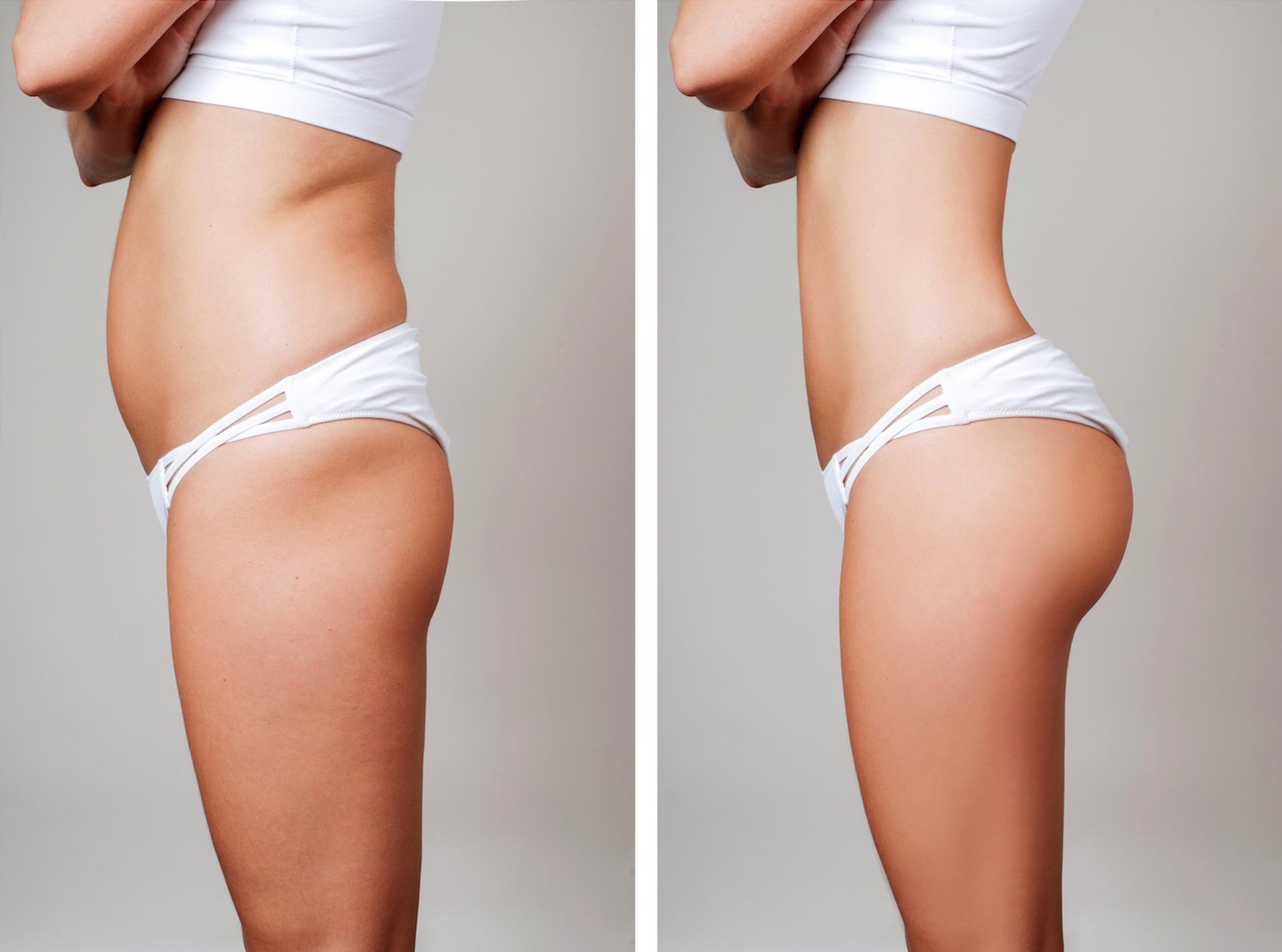
Liposuction in Turkey can also offer high-quality care and a home for the best plastic surgery clinics in the world. However, liposuction in Turkey also has some challenges and drawbacks, such as language barriers, cultural differences, travel expenses, legal issues, and quality standards. Therefore, women who are interested in liposuction in Turkey should do their research, compare different clinics and health centers, read reviews and testimonials, and ask for before and after photos, to ensure that they make the best choice for themselves.
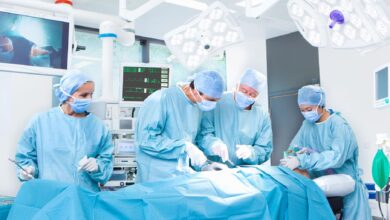
Your writing invites the reader to slow down and truly absorb the beauty of every word.